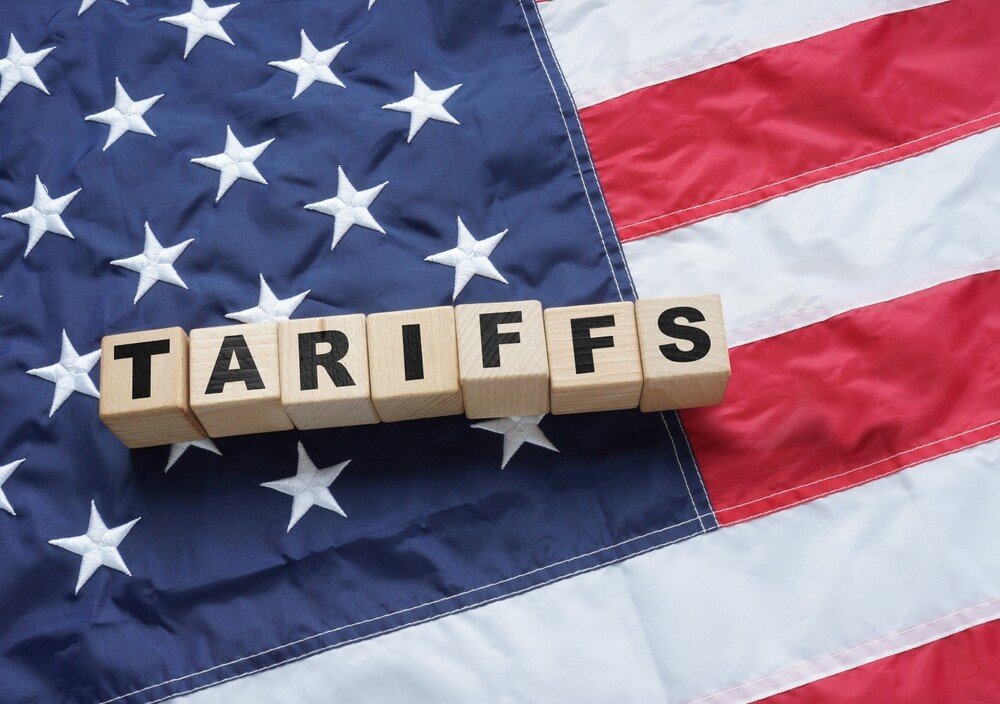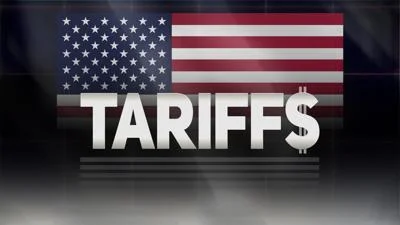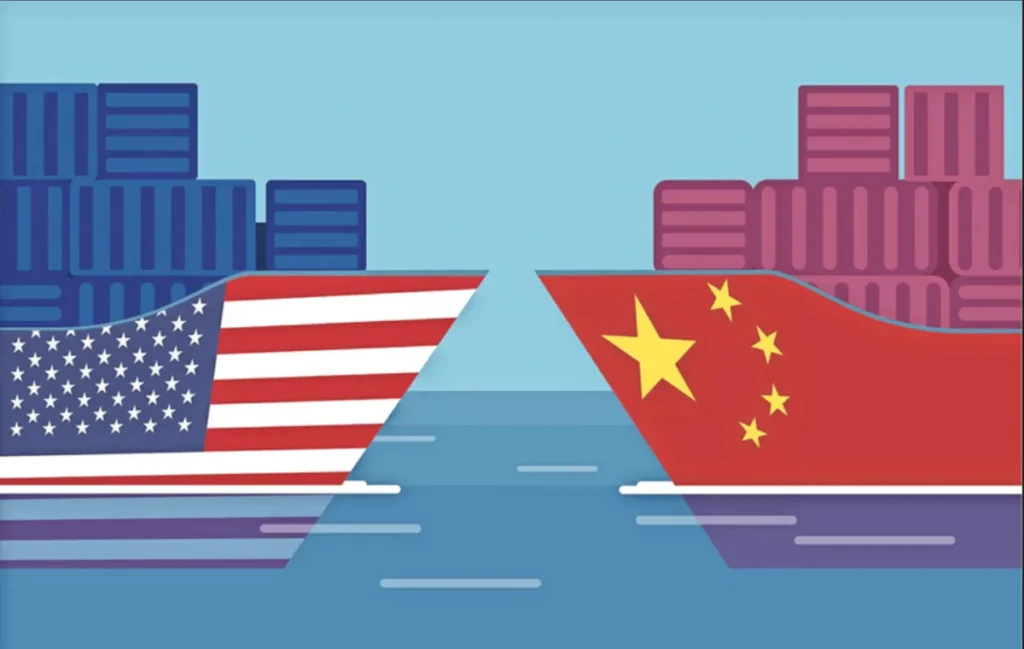
Introduction
The topic of US Tariffs has been at the forefront of global economic discussions over the past decade. From the Trump administration’s aggressive tariff policies to ongoing disputes involving countries like China, Russia, and India, tariffs remain a critical tool in international trade negotiations. This article delves into the trump tariffs, their global impact, and how nations have responded with Reciprocal Tariffs.
What Are US Tariffs?
Tariffs are taxes imposed by a government on imported goods. The primary aim is to protect domestic industries, generate revenue, or retaliate against unfair trade practices. In recent years, trump tariffs have reshaped various industries and international relations.

Key Tariff Rates by Country:
- China: 34%, increasing to 54% with additional fentanyl-related duties.
- Vietnam: 46%
- Japan: 24%
- South Korea: 25%
- India: 26%
- Taiwan: 32%
- Thailand: 36%
- European Union: 20%
- Cambodia: 49%
- Madagascar: 47%
- Sri Lanka: 44%
- Bangladesh: 37%
- Indonesia: 32%
- Malaysia: 24%
- Switzerland: 32%
- South Africa: 31%
- Israel: 17%
- Philippines: 18%
- Pakistan: 30%
- Norway: 16%
- Jordan: 20%
- Myanmar (Burma): 45%
- Nicaragua: 19%
These tariffs are set to take effect in two phases: the baseline 10% tariff on April 5, and the higher reciprocal tariffs on April 9. The administration justifies these measures by citing a record 2024 trade deficit of $1.2 trillion, viewing it as a threat to U.S. economic security and manufacturing capacity.

A Comprehensive List of Trump Tariffs
The list of Trump tariffs spans various sectors, including steel, aluminium, solar panels, and consumer electronics. Notably:
- Tariffs on China: These were the most expansive, targeting over $360 billion worth of goods.
- Tariffs on India: Focused mainly on agricultural products, textiles, and certain manufacturing sectors.
- Tariffs on Russia: Targeted strategic industries, especially those related to metals and defence.
Trump Tariffs Chart
Below is a trump tariffs chart highlighting key tariffs imposed under the Trump administration:
| Country | Sector Affected | Tariff Rate |
|---|---|---|
| China | Electronics, Machinery | Up to 25% |
| India | Agricultural Products | Varies |
| Russia | Metals, Defence | Varies |
Reciprocal Tariffs: How Nations Retaliated
Countries affected by trump tariffs have responded with their own Reciprocal Tariffs. China, for instance, placed retaliatory tariffs on American soybeans, while India increased tariffs on American agricultural products.
Trump Tariffs Effect on India
The effect of Trump tariffs on India has been mixed. While some sectors faced setbacks, others adapted through diversification of trade partners. Trump tariffs effect on India primarily impacted agricultural exports, though certain manufacturing sectors also felt pressure.
The Current Landscape of US Tariffs
While the Biden administration has modified certain policies, many of the original trump tariffs remain in place. Discussions about tariffs on China, Russia, and India continue to shape international trade policies.
Frequently Asked Questions (FAQs)
What are the key Trump tariffs?
The most significant tariffs under the Trump administration include tariffs on China (up to 25% on electronics and machinery), India (various rates on agricultural products), and Russia (tariffs on metals and defence-related items).
What is the impact of Trump tariffs on India?
The impact has been mixed, with agricultural sectors feeling the most pressure. However, some industries have adapted through diversification of trade partners.
What are Reciprocal Tariffs?
Reciprocal tariffs are retaliatory tariffs imposed by countries affected by U.S. tariffs. For example, China imposed tariffs on American soybeans in response to U.S. tariffs.
Are Trump tariffs still in place?
Yes, while some modifications have been made by subsequent administrations, many Trump-era tariffs are still in effect, particularly those targeting China, Russia, and India.
How can I access the complete list of US tariffs?
The Harmonized Tariff Schedule of the United States, maintained by the U.S. International Trade Commission, provides a comprehensive and up-to-date list of tariffs on all countries.
Conclusion
Understanding the ongoing implications of US Tariffs is crucial for businesses and policymakers alike. The legacy of trump tariffs continues to influence trade dynamics, prompting debates over their effectiveness and fairness.
Stay tuned to USA Trend Alert for more updates on tariffs and their evolving impact on global trade.







2 thoughts on “What Are US Tariffs? 2025 Impact, Countries Affected & More”
Comments are closed.